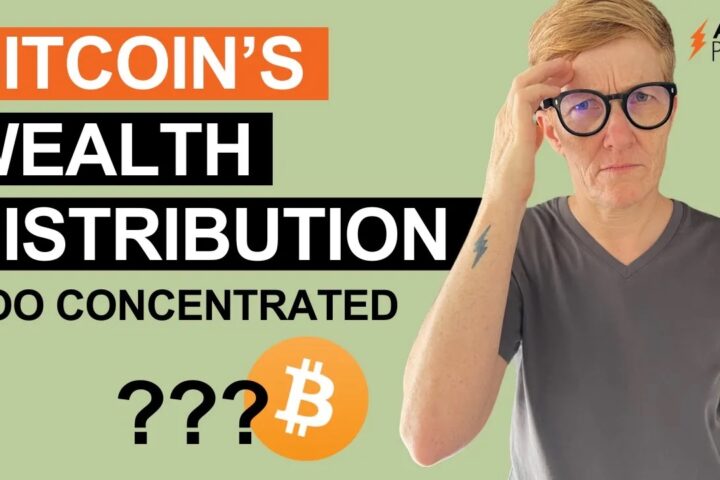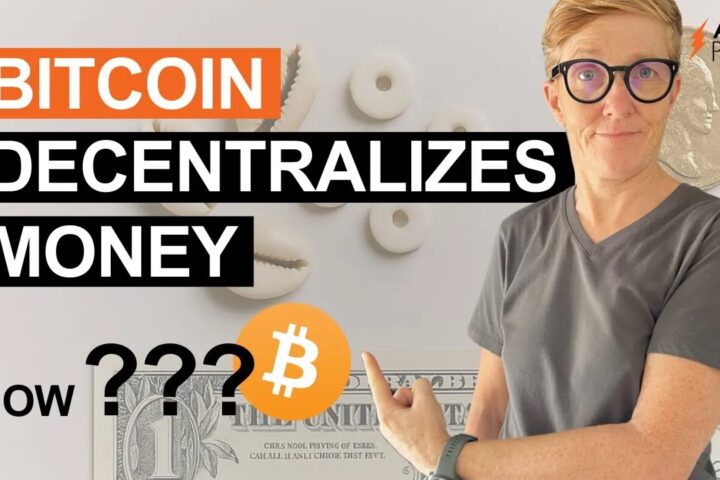Excerpt
I break down how banks create money, why they keep crashing, and what the “lender of last resort” really means. Then I compare it to how Bitcoin works without bailouts or central control. If you’ve ever wondered what makes Bitcoin different, this is for you.
Transcript
When money is created in the traditional system, it’s created through credit. If you go to the bank and you go there and say, I want credit or I want a loan, then they basically put a higher number in their ledger and say, we created money now. Now you have your credit and your loan. They actually lend much more money out as they have as a backup in their system. So in many countries and also in the US, I think banks sometimes don’t even need any backing of the credits, the money that they give out to the lenders. So when the banks crash, which happens very often and basically the last time in the big banking crisis in 2008, what happened was that they gave out too much credit to the people who couldn’t pay back. And then basically the banks crashed and the lender of last resort is the central bank. The central bank in each country always helps the banks to survive. And that’s how the banks basically know that the central bank will help them out. And that’s how they are incentivized for risky behavior. And you don’t have that in Bitcoin because Bitcoin is not built on credit. Bitcoin is built on a predetermined issuance of money that has a finite supply. So we always know how many Bitcoin are in circulation and Bitcoin is backed by the system. So no one can change it. It’s like if you have gold in your bag, you have it and it’s there. And if you lend out money for the same amount of gold, then you have it secured. It’s backed. So that’s what lender of last resort means. In Bitcoin, there’s no lender of last resort.



